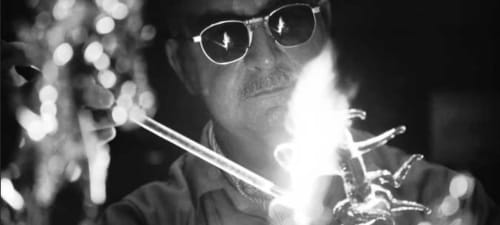
Glassblowing with a blowtorch
Our glassblowers design and create decorative and souvenir objects in spun or blown glass.
They use glass rods of over 150 cm in length and various diameters to create the object they wish to create. They use a blowtorch to heat the glass to soften and shape it.
With a gentle blast, they give it the desired shape. The glass worked by the flashlight is "borosilicate", which is resistant to thermal shock.
They use glass rods of over 150 cm in length and various diameters to create the object they wish to create. They use a blowtorch to heat the glass to soften and shape it.
With a gentle blast, they give it the desired shape. The glass worked by the flashlight is "borosilicate", which is resistant to thermal shock.



